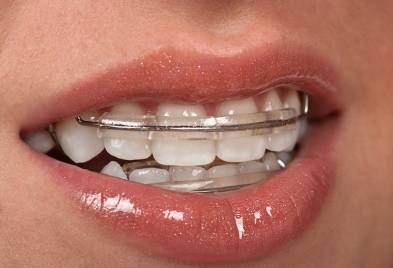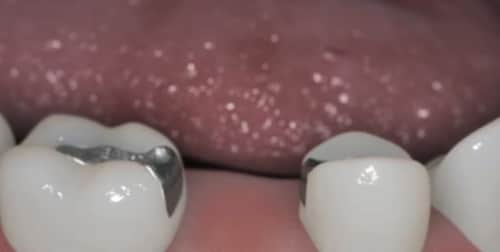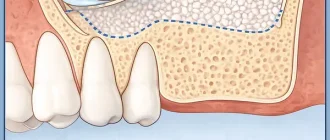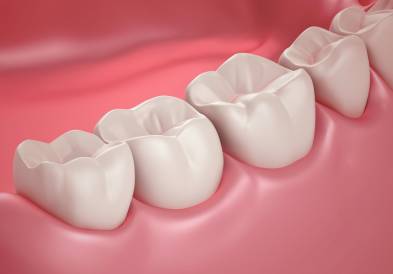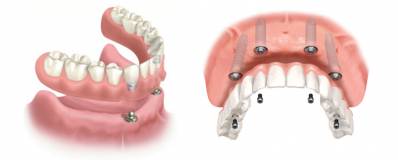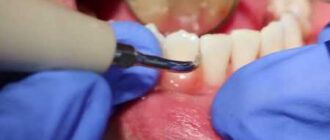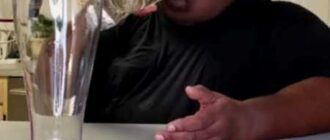Retainers for teeth are custom-made devices designed to keep your teeth in their new, corrected positions after braces or orthodontic treatment. Think of them as the final safeguard—like a seatbelt for your smile—ensuring that all the hard work done to align your teeth doesn’t go to waste. By gently holding everything in place, retainers help maintain the results and protect your investment in a healthy, confident smile.
Wearing a retainer that helps keep teeth aligned is more common than many realize. According to the American Association of Orthodontists, nearly 4 million people in the U.S. wear braces at any given time, and the majority will need a retainer afterward to preserve their results. The frequency and duration of retainer use depend on individual needs, age, and the type of orthodontic correction achieved.
After months or even years of orthodontic treatment, it’s easy to overlook the importance of what comes next—those nightly hours when a simple device keeps your smile steady. Whether it’s a clear plastic retainer or a thin wire behind the teeth, this small habit can make the difference between lasting results and unwanted shifting. Understanding how and why retainers matter is key to keeping your teeth straight and your smile truly permanent.
“A retainer’s role is vital in ensuring long-term stability after orthodontic treatment,” says Dr. Alex Perkins, a board-certified orthodontist with 25 years of experience.
Types of Retainers: Fixed vs. Removable
There are several different types of retainers, and each has its pros and cons. Understanding these options can help you make an informed decision.
1. Removable Retainers
Removable retainers are often made of clear plastic or an acrylic base with wires. The most common types are:
- Hawley Retainers: These retainers consist of a wire that runs along the front of your teeth, attached to an acrylic base that sits comfortably against the roof of your mouth. Hawley retainers are durable, adjustable, and can be used long-term.
- Clear Retainers (like Essix): These retainers are molded to the exact shape of your teeth. They are nearly invisible, making them a popular choice for those looking for aesthetics.
Consider David, a college student who prefers the convenience of a removable retainer. He chose a clear Essix retainer because it’s discreet, which helps him feel more confident while socializing.
2. Fixed Retainers
Fixed or bonded retainers are attached to the back of your teeth using a special adhesive. These retainers stay in place and are great for individuals who may forget to wear their removable retainer regularly.
Take, for instance, Nathan, who had braces in his teens and struggled to remember wearing his retainer. His orthodontist recommended a fixed retainer to ensure that his teeth remained straight without the hassle of remembering a daily routine.
“Fixed retainers are excellent for long-term results, especially in preventing relapse of the front teeth,” remarks Dr. Jennifer Latham, an orthodontic specialist.
How Long Should You Wear Your Retainer?
The duration for wearing retainers can vary, but many orthodontists agree: lifetime maintenance is key.
- Initial Phase (First Year After Braces): It’s crucial to wear your removable retainer full-time during the first year after braces or aligner treatment.
- Long-term Phase: After the first year, you can gradually reduce wear to nighttime only. Many experts recommend wearing your retainer several nights a week indefinitely to ensure your teeth don’t shift.
For example, Sofia, who had Invisalign in her 20s, learned the hard way what happens when you stop wearing your retainer. After a few months without it, her teeth shifted enough that she needed a minor treatment correction.
“Teeth have memory,” states Dr. Martin Chase, “and they will naturally want to move back to their original position. Consistent retainer wear is your insurance policy for a perfect smile.”
Maintaining Your Retainer: Tips and Tricks
Retainer care is essential not only for oral hygiene but also to extend the life of your retainer. Here are some practical tips for keeping retainers in top shape:
- Clean It Daily: Rinse your retainer every time you remove it. A soft toothbrush without toothpaste is recommended for cleaning, as toothpaste can scratch the material.
- Avoid Heat: High temperatures can warp the plastic in clear retainers. Avoid leaving them in direct sunlight or washing them in hot water.
- Use a Case: When not in use, always keep your retainer in its case to avoid losing it or accidentally damaging it.
A good rule of thumb is to treat your retainer like your smartphone—always know where it is, and take care to keep it safe from damage.
Cost
Common Issues and Solutions
Lost or Broken Retainer?
If you lose or break your retainer, it’s important to contact your orthodontist right away. The longer you go without a retainer, the more likely it is that your teeth will start to shift. A replacement retainer can typically be made quickly, especially if your orthodontist has kept a mold of your teeth.
Retainer Feels Tight
If your retainer feels tight, it could be a sign that your teeth have started shifting. This is a good reminder of why consistency is essential. Start wearing your retainer full-time until it feels comfortable again.
Comparing Retainer Options: A Quick Overview
| Type of Retainer | Durability | Visibility | Maintenance | Best For |
|---|---|---|---|---|
| Hawley Retainer | High | Visible | Easy | Long-term use |
| Clear Retainer | Moderate | Invisible | Moderate | Aesthetic appeal |
| Fixed Retainer | High | Invisible | Challenging | Forgetful users |
Do Retainers Hurt?
You might experience slight discomfort when you first begin wearing your retainer, but this is usually temporary. It’s simply your teeth adjusting to the pressure of the retainer. If you experience ongoing pain or discomfort, it is always best to consult with your orthodontist to ensure there are no issues.
Can You Eat With a Retainer?
It depends on the type of retainer. For removable retainers like Hawley or Essix, you should always remove them before eating. Eating with a removable retainer can not only damage the retainer but also trap food particles against your teeth, leading to decay. Fixed retainers don’t have this issue, but you should still be mindful of sticky or hard foods that could dislodge the bonded retainer.
Conclusion
Retainers are a vital part of keeping your smile aligned long-term. Whether you choose a removable or fixed retainer, the key is consistency and care. Remember to wear your retainer as prescribed, keep it clean, and consult your orthodontist if you experience any issues. The effort you put into wearing your retainer now will pay off in a beautiful, straight smile for years to come.
Maintaining a straight smile is a journey that doesn’t end when your braces come off—it continues with your retainer. As the author notes, “Your smile is worth the investment of time and care, and your retainer is the bridge that keeps that smile looking its best.”
